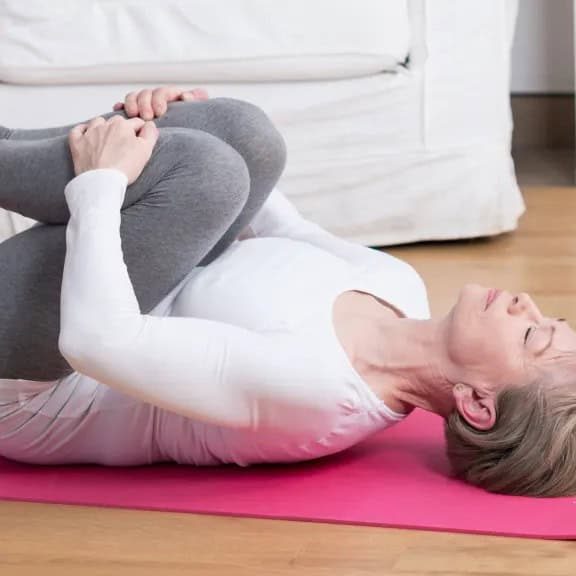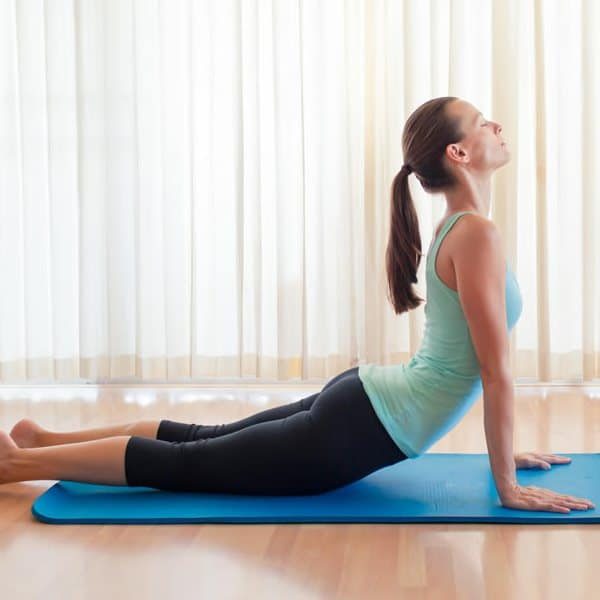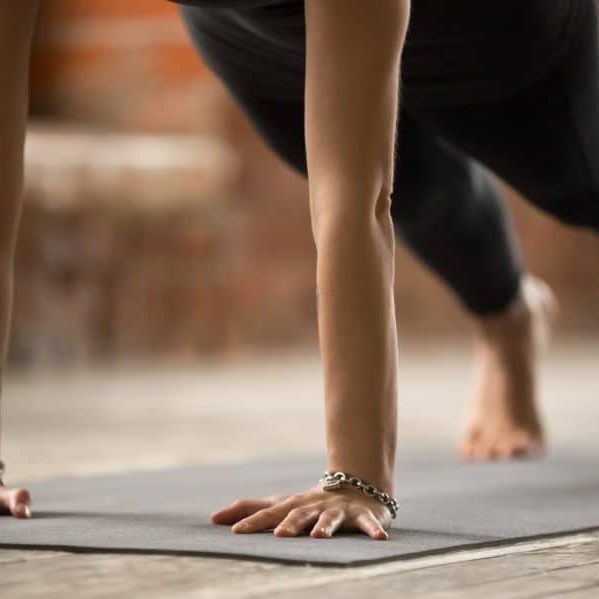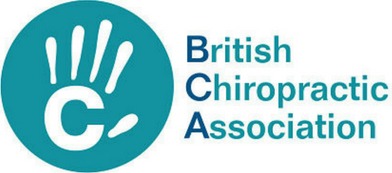Exercises
Sciatica (Nerve Flossing)
Flexion Based Low Back Exercises
Extension Based Low Back Exercises
Click on link above for exercises commonly used for Sciatica.
The goal of these exercises is to improve mobility of the nerve where it has pressure on it, as it leaves the spine. The aim of these exercises is to reduce or centralise (move up the leg) the pain and increase your straight leg raise.
If your leg pain increases or moves further down the leg stop, they arent working for you, we need to change the exercise.
Its also worth pointing out simply walking with an open stride (long stride) from the hips mobilises they Sciatic nerve. Do this for 10-15 minutes a few times a day if all else fails. Its why often with Sciatica walking eases the pain. It does not need to be at a fast pace but the larger stride is important.
Low Back Exercises Conditioning
Conditioning exercises for your lower back are exercises to improve the tone and stamina of the muscles that stabilse your spine. Commonly called "Core Stability". This is not the same as strength.
There are many ways to train the core and floor exercises arent for everyone. Swimming, Weight Training (free weights), Tai Chi, and Pilates are all excellent ways to train your core.
The principal for these exercises is simple. Your core muscles wrap around the spine. Imagine a fine barrel of whiskey, with these muscles being the staves, the lid is your diaphram and the bottom is your pelvic floor. We need to tighten the staves just like the steel hoops on a barrel, the top and bottom need to be secure, and the barrel needs to be on a stable base. Pelvic stability gives your spine a stable base to work from.
Three times a week is enough for these and no more than daily. Repetitions are recommented for the average non-athlete. You will probably find you are doing slightly more or less than the numbers indicated. Remember we are trying to improve muscle tone, not win the olympics. Exercise within your capability, you should be tired and slightly out of breath, NOT in pain.
These exercises are free to use and share

Nobody should suffer any longer than they need to. These exercises are provided for self help purposes. They arent a substitute for seeing a professional. It is important you get a healthcare professional to check your back pain is not being caused by another underlying medical issue.
A Chiropractor Osteopath, Physiotherapist or your GP are appropriately qualified to rule out other medical problems than might present as back, joint, muscle or nerve pain.
Once any serious underlying problem has been ruled out then exercise is a perfectly reasonable way to manage back pain.
Back pain is rarely serious and often simple routine exercise is enough to manage it. If it doesnt we are here to help.










